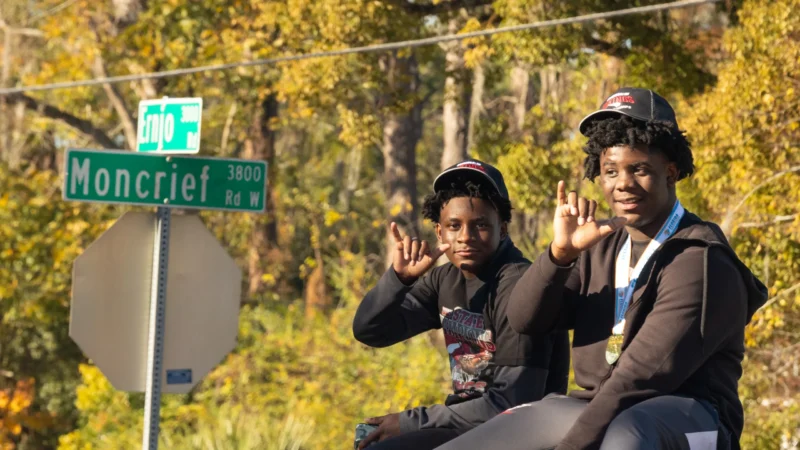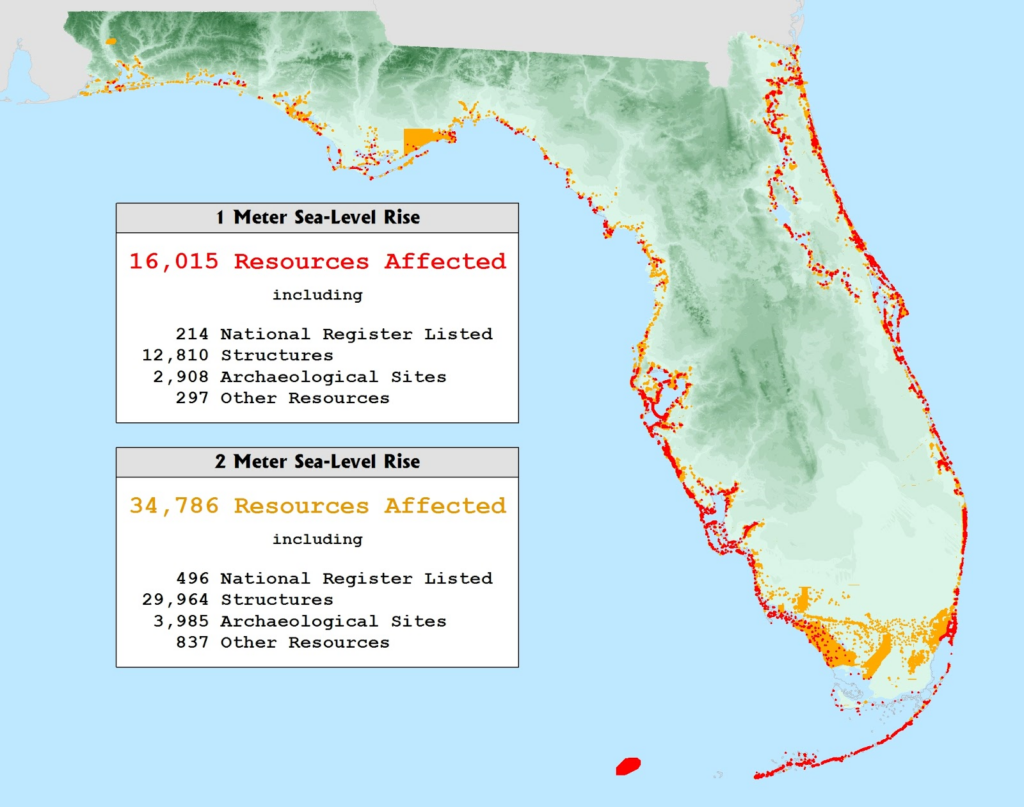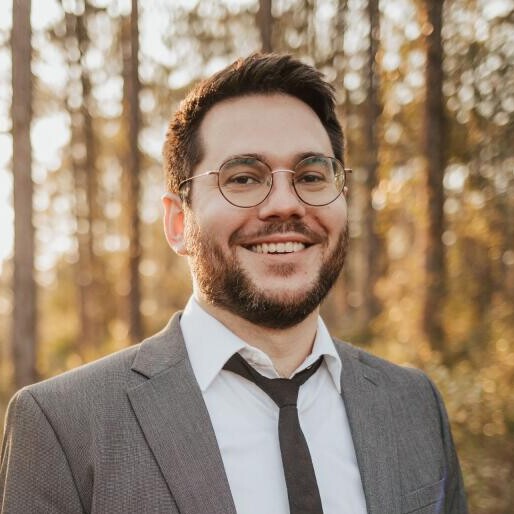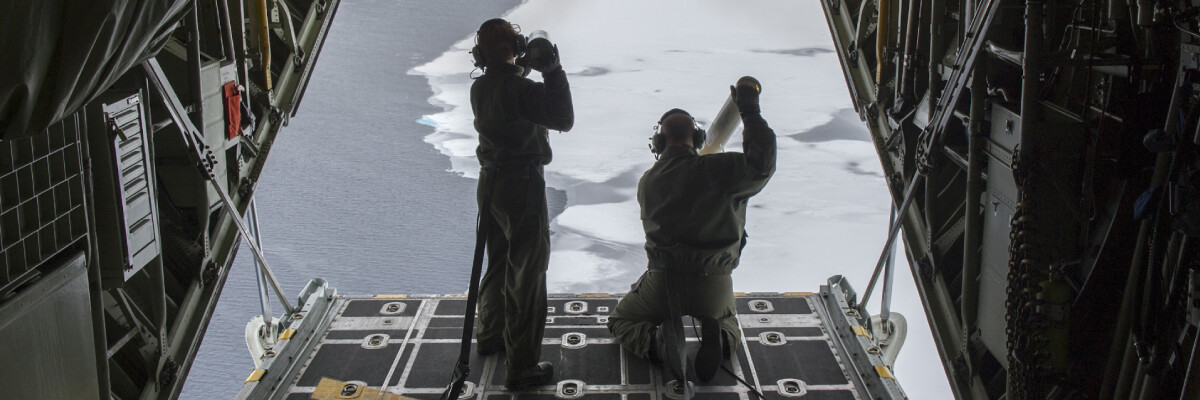Thousands of archaeologically significant sites in Florida could be underwater within a century as seas rise, but there isn’t enough manpower, time or money to thoroughly research and excavate them all. With the prospect of losing so many clues about the past, professional archaeologists are hanging their hopes on a volunteer force of history enthusiasts.
One of them is Jaime Bach. A cultural anthropologist who recently moved to Gainesville, Florida from California, she spent much of her career in the Pacific Islands studying local perceptions of environmental change.
When Bach arrived in the Sunshine State she wanted to learn about her new home’s history. A Facebook search led her to join the Heritage Monitoring Scouts.
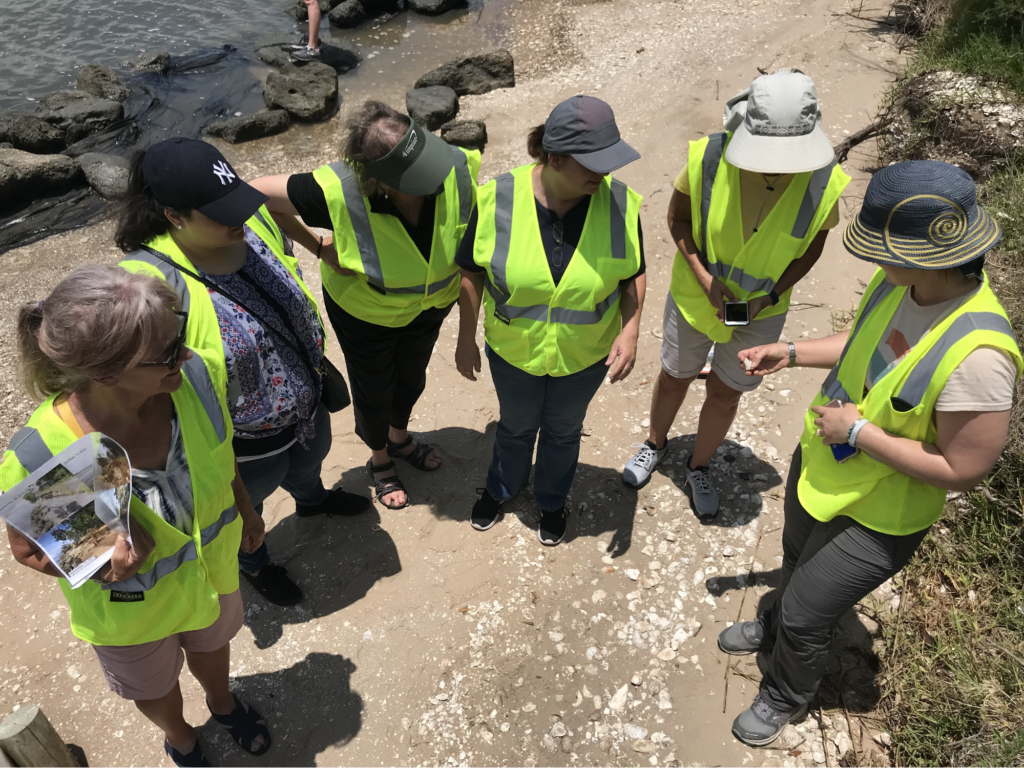
The scouts are a statewide program that gets people out to archaeological sites or historic cemeteries to track and document (“monitor,” in scouts parlance) changes — including those caused by sea level rise due to climate change.
“This program is important because it, first of all, documents sites that are at risk,” Bach said. “That helps bring people in and give them a sort of ownership and a feeling of stewardship for the resources that are around them and helps them connect with that heritage that is shared by all of us living here.”
The goal is for the scouts to collect enough data to prioritize which sites to try saving.
She and other volunteers recently participated in a “submerged” training session at Troy Springs State Park on the Suwannee River, where they strapped on scuba tanks and practiced monitoring the remains of the Civil War-era Steamship Madison, which the Confederacy used to deliver supplies until Capt. James M. Tucker ordered the vessel to be scuttled as the Union closed in.
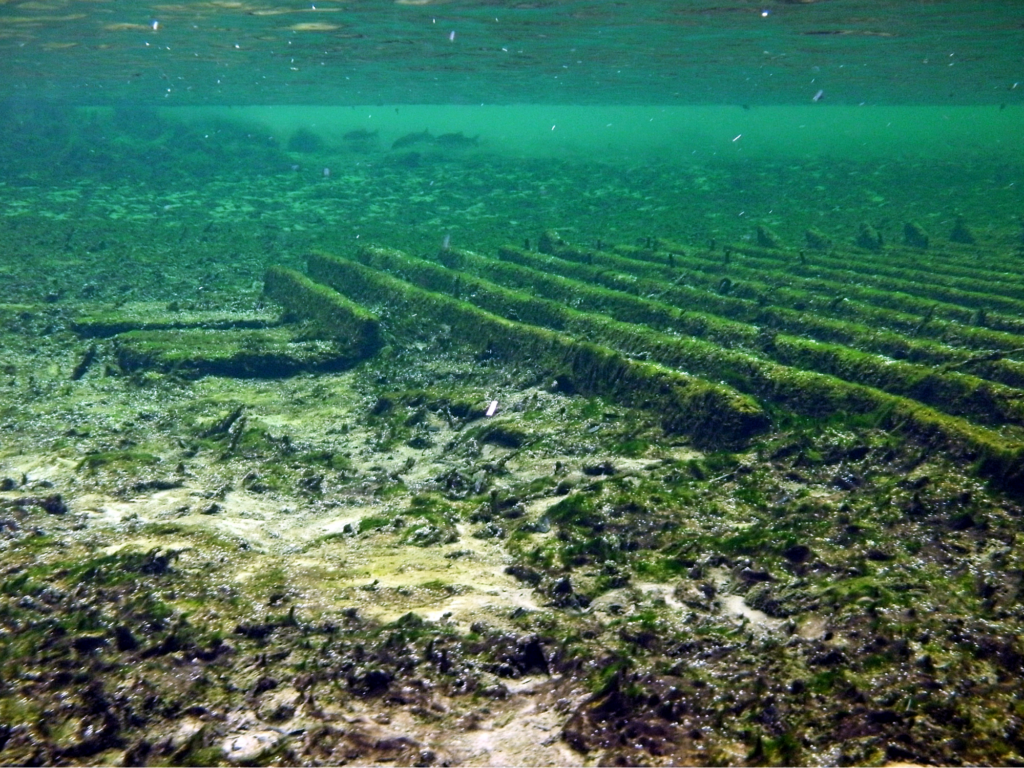
Heritage Monitoring Scouts is run by the state-funded Florida Public Archaeology Network. In addition to working with the public, the network’s archaeologists also help manage cultural resources at centers throughout the state.
The scouts program is part of a broader effort that’s been gaining steam in Florida’s archaeological community over the past few years to address the threat of sea level rise. Last year at an FPAN conference, archaeologists established the Coastal Heritage at Risk Task Force — CHART — to look at the issue on a statewide level.
Historic Resources Threatened By Sea Level Rise
What they know at this moment is that nearly 35,000 historical resources in Florida would be inundated, including 3,985 archaeological sites, if sea levels rise by up to 6.6 feet this century, the expected effect of greenhouse gas emissions according to federal estimates. In Duval County alone, 101 historic cemeteries are at risk, more than in any other Florida county by far.
Twenty Most Affected Counties
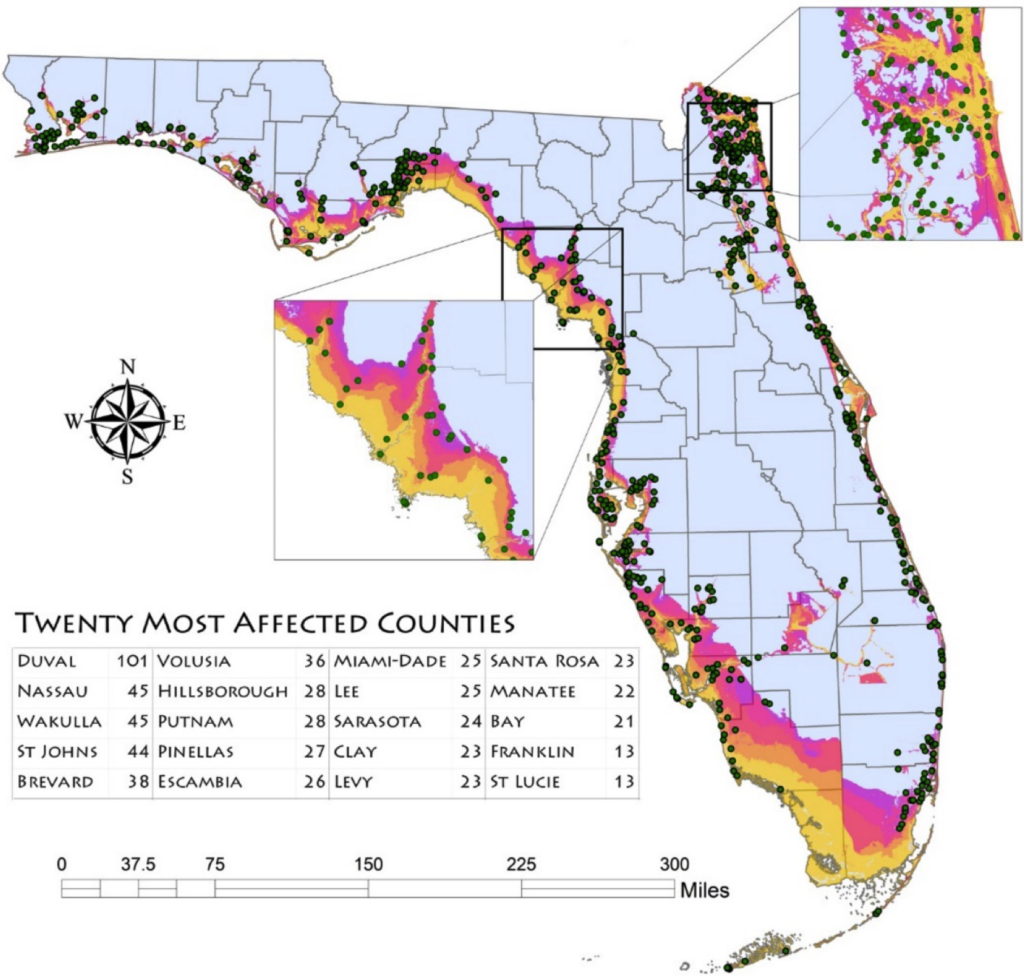
“There are a lot of great strategies for historic structures. You can move them, you can adapt them — flood proofing, things like that,” said Emily Jane Murray, a public archaeologist with FPAN. “But when we looked at archaeological sites, there’s not really many good options.”
Sometimes you can try to stabilize nearby shorelines, but as the ocean rises, coastal sites can only be defended for so long. And there are nearly 3,500 of them.

“How can we triage the sites? How can we decide which ones are the most important? Which ones we should go and do further research at? Which ones can we kind of let go and not worry as much about?” Murray said. “Because, unfortunately, the overall management strategy for most of these sites is abandon in place. Just to do nothing and to let them go.”
If it’s triage, the Heritage Monitoring Scouts are the paramedics.
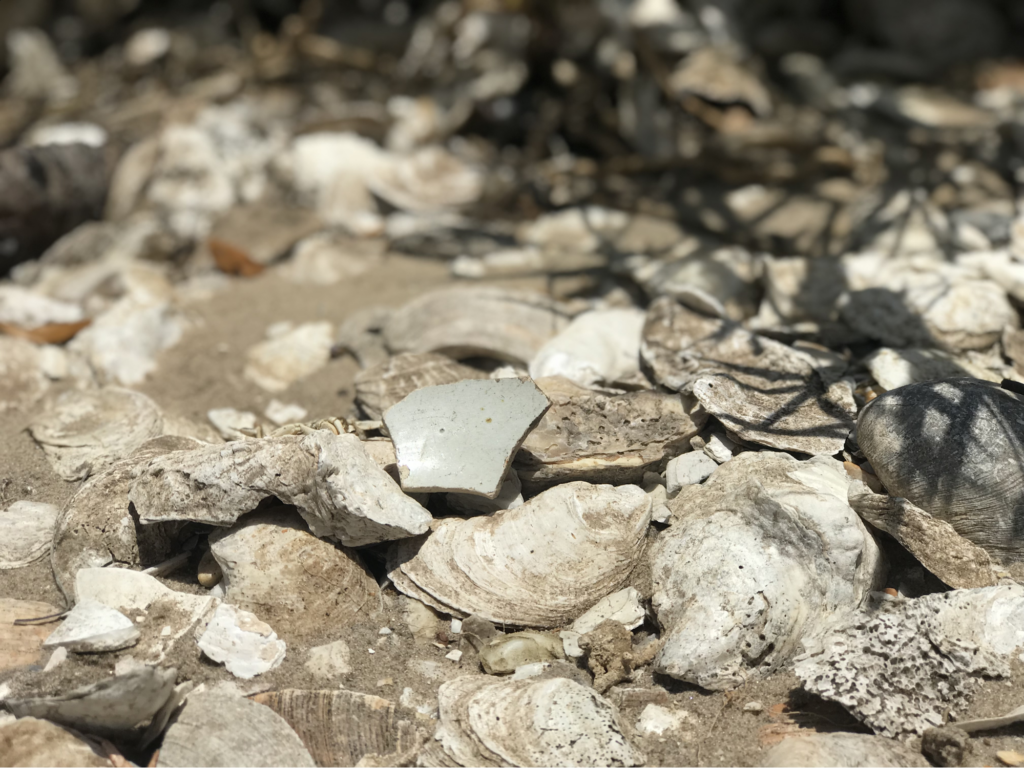
“As sad or depressing as it can seem to go out to the site and see the damage that’s been done and those impacts, my boss always likes to point out we’ve never had a bad day out there,” Murray said. “It’s always fun to get people out, to get people engaging in the site. And we always have a positive experience doing that.”
She said the volunteers can get hands on with cutting-edge technology, like photogrammetry (using photos to survey an area), laser scanners and GIS mapping.
That makes the scouts a perfect hobby for science enthusiasts like Aaron Arrants, one of FPAN Northeast Region’s most reliable volunteers.
“I work in Air Force combat search and rescue,” he said. “And this has motivated me and moved me now to actually change my major in this last degree back into archaeology… I knew I wanted to do that, but this really sealed the deal. I could do this for the rest of my life.”
For Bach, the anthropologist, the Scouts represent more than personal fulfillment. She said working in the Pacific showed her firsthand how climate change is destroying historical heritage and affecting locals’ livelihoods. And while most Flordians don’t yet recognize what’s at risk, she sees an opportunity to help raise awareness and maybe preserve a bit of the past.
Copyright 2019 ADAPT




